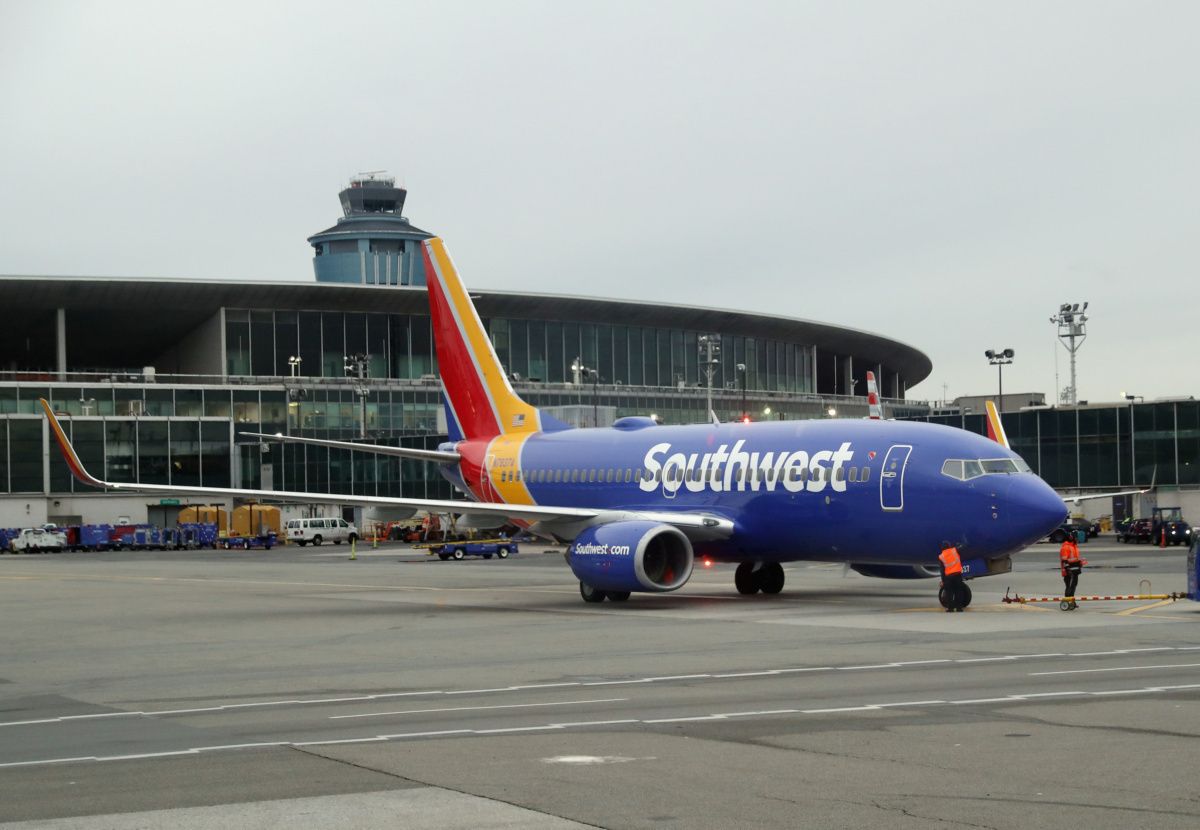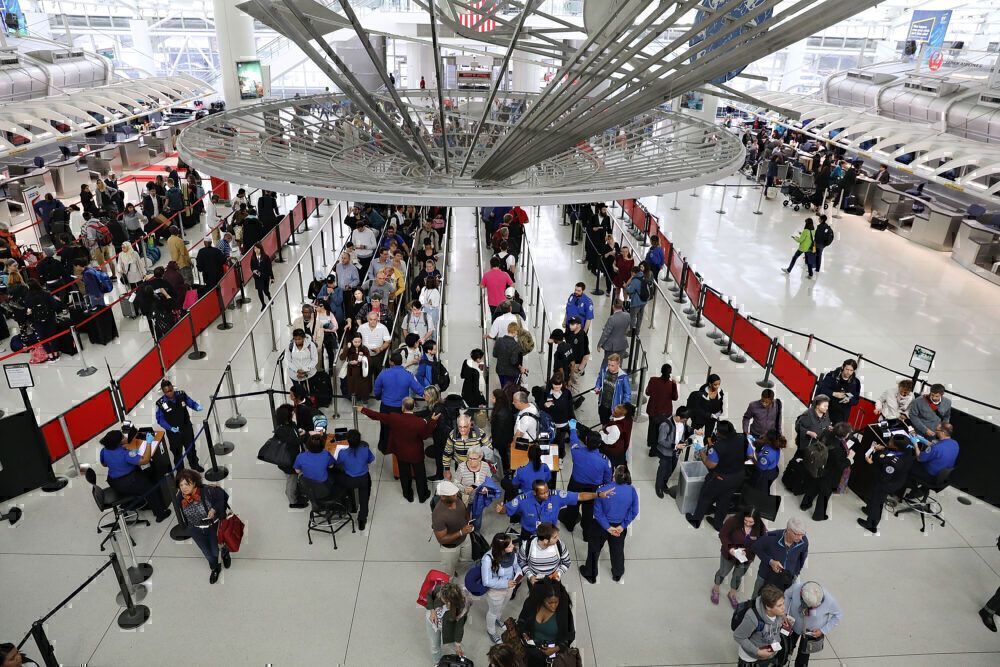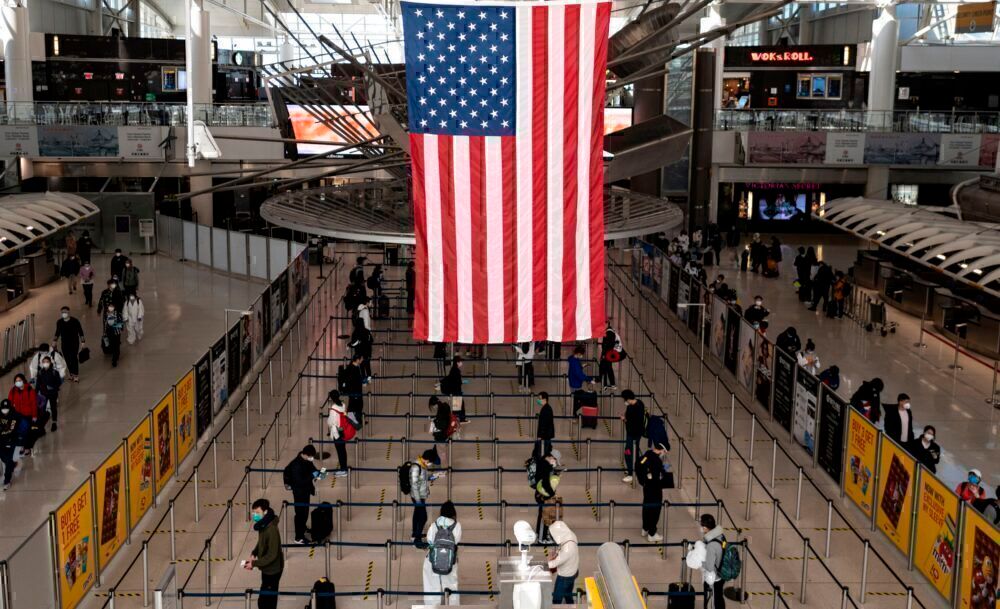The Federal Air Marshal Service (FAMS) is a plain-clothes law enforcement agency based in the USA. It is part of the Transport Security Administration (TSA). This itself is was created in response to the 9/11 attacks, and is an agency of the wider US Department of Homeland Security (DHS). But how exactly does the FAMS actually work?
What is a Federal Air Marshal?
FAMs are covert law enforcement officers who travel onboard scheduled US flights as a means of security. Specifically, the TSA states that they are "deployed on passenger flights worldwide to protect airline passengers and crew against the risk of criminal and terrorist violence."
This means that, if an incident arises onboard, a trained officer will likely be present to attempt to diffuse the situation. US President John F. Kennedy created the FAMS in the 1960s, as airliner hijackings became more prevalent. Its goal is to "[promote] public confidence in the safety of the nation’s aviation system."
Becoming a Federal Air Marshal
Due to the nature of the role, its hiring process is extremely but understandably thorough. The TSA states that it:
"...requires successful completion of a written application, panel interview, psychological assessment, medical examination, polygraph, physical training assessment, and complete background investigation before a final hiring decision is made."
Stay informed: Sign up for our daily aviation news digest.
Should an applicant be successful, an intense training period awaits them before they can begin their work. The first phase is seven weeks long, and focuses on aspects of basic law enforcement. It takes place in Artesia, New Mexico, at the Federal Law Enforcement Training Center. Follow-on training occurs at the William J. Hughes Technical Center in New Jersey.
The second phase of the training has a strong focus on marksmanship. FAMs must perfect these skills due to the close confines and number of bystanders on an aircraft. These factors leave little room for error if a marshal must open fire on an attacker.
Life on the job
A perhaps lesser-known aspect of a marshal's job is its land-based side. When FAMs are not deployed on flights, they often partake in counter-terrorism investigative work. However, what the role is probably best known for is its onboard operations.
FAMs are based at 21 field offices across the US, from which they can be deployed with just an hour's notice. They are typically assigned to flights that are considered high-risk due to their time and/or location. Examples of these can include high-profile sporting events such as the NFL's Super Bowl, or cities being visited by the president.
Onboard an aircraft, it is vital for FAMs to remain inconspicuous. This ensures that they have the element of surprise on their side when confronting potential hijackers. As such, they wear plain clothes, and stay at hotels of their choosing to increase their anonymity.
The Transportation Security Administration has even gone as far as instructing FAMs not to tell people what they do for a living. They can reportedly only be as specific as saying that they work for the TSA. Despite this anonymity meaning that FAMs are often unrecognized, the service provides a useful additional layer of security for which the passengers, who FAMs deliberately look just like, are surely very grateful.




